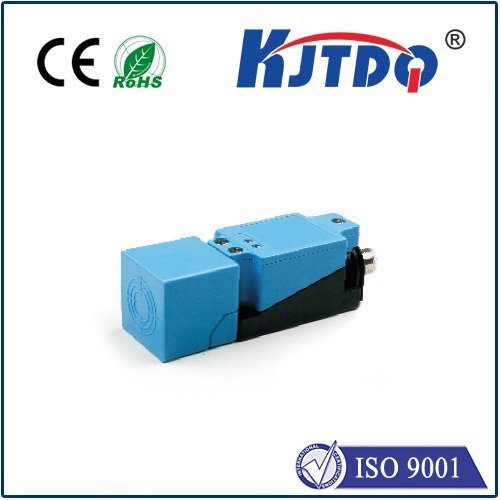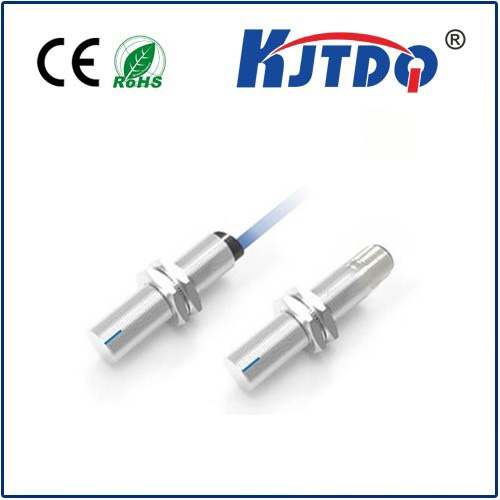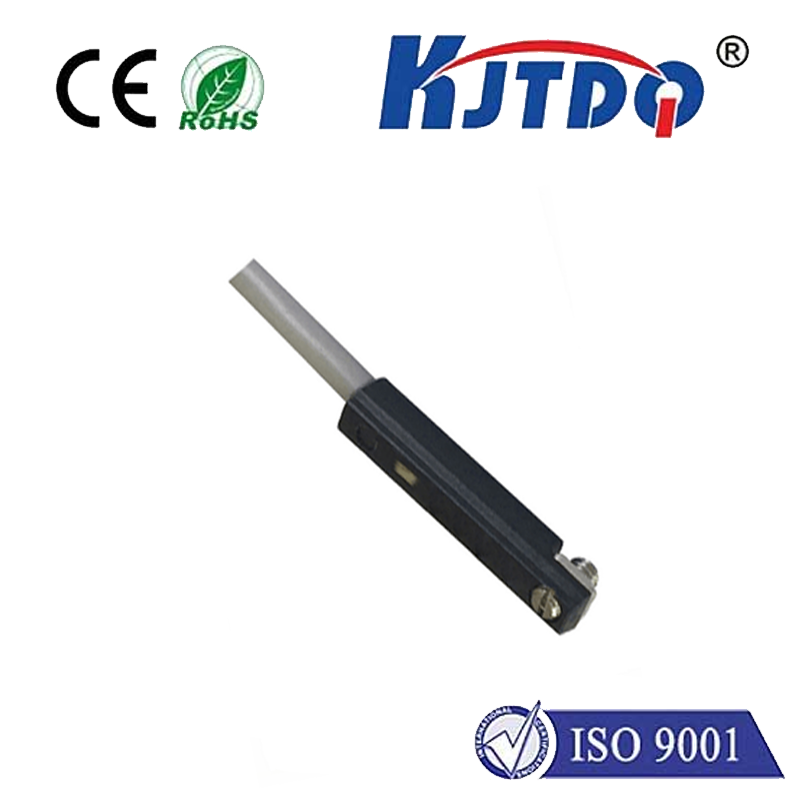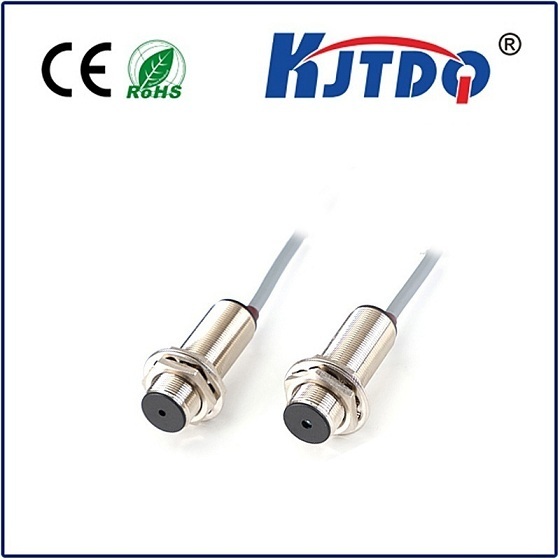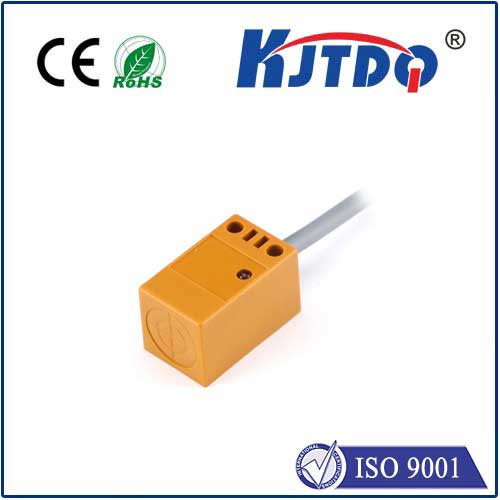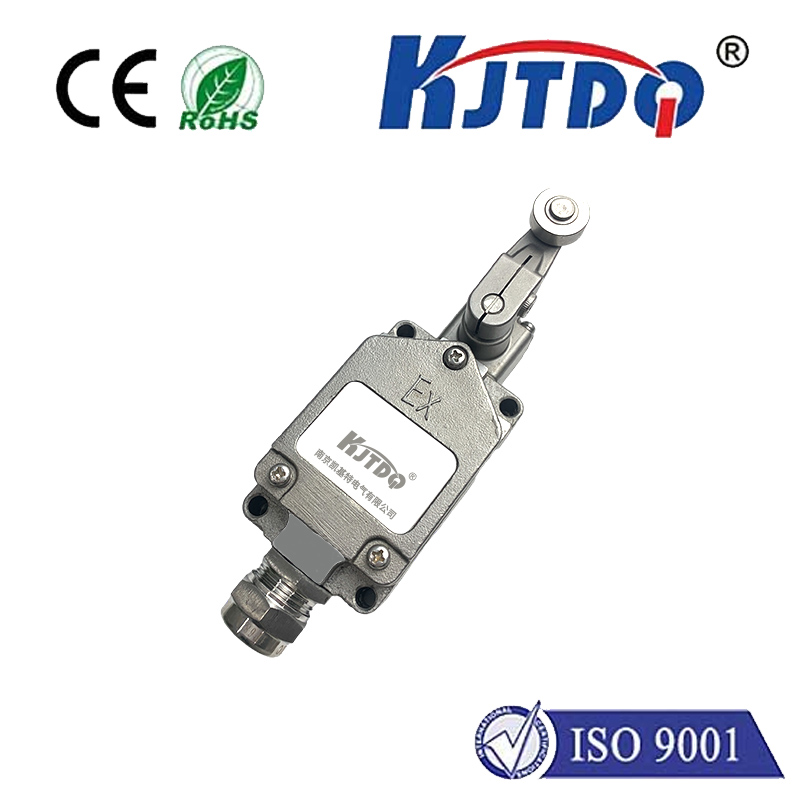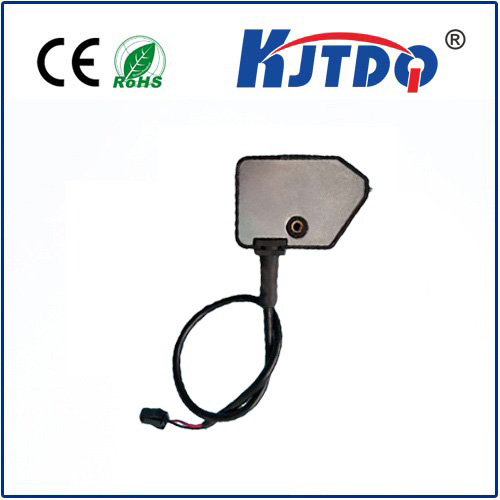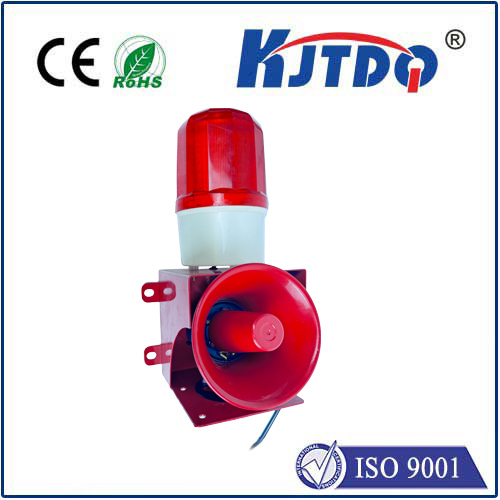
check

check

check

check

Exploring the E3FA-TN22 Photoelectric Sensor: Revolutionizing Industrial Automation In today’s rapidly advancing technological landscape, the demand for precise and efficient automation solutions grows stronger. Among the myriad of sensors available, photoelectric sensors stand out as critical components in numerous industrial applications. The E3FA-TN22 photoelectric sensor, developed by leading technology firm E3FA, is at the forefront of this innovation. This article delves into the specifics of the E3FA-TN22, exploring its design, features, and the impact it has on industrial automation. The Anatomy of the E3FA-TN22 Photoelectric Sensor At the heart of the E3FA-TN22 photoelectric sensor lies state-of-the-art engineering designed to ensure reliable performance under various conditions. This sensor operates based on the principle of photoelectric sensing, where a light emitted by a transmitter is either received by a detector or blocked by an object. The change in light reception triggers a signal that can be used to control machinery or initiate processes. The E3FA-TN22 boasts a compact form factor, making it ideal for use in confined spaces without compromising its functionality. Its robust construction ensures durability, allowing it to withstand harsh industrial environments characterized by high levels of vibration, dust, and temperature fluctuations. Additionally, its adjustable sensitivity settings provide versatility, enabling customization based on specific application requirements. Key Features That Set It Apart One of the standout features of the E3FA-TN22 is its advanced detection capability. With a high-resolution detection range and rapid response time, it excels in accurately identifying objects within its field of view. This makes it particularly valuable in applications requiring precise positioning or speed monitoring, such as conveyor belt systems and automated sorting mechanisms. Another notable feature is its energy efficiency. The E3FA-TN22 is designed with power consumption in mind, ensuring minimal energy usage without sacrificing performance. This not only contributes to cost savings but also aligns with the growing emphasis on sustainability in industrial practices. Compatibility is another area where the E3FA-TN22 excels. It is engineered to integrate seamlessly with existing automation systems, including various communication protocols and interfaces. This ease of integration significantly reduces installation time and complexity, allowing businesses to enhance their operations quickly and efficiently. Impact on Industrial Automation The introduction of the E3FA-TN22 photoelectric sensor into the industrial sector marks a significant advancement in automation capabilities. Its ability to deliver accurate detection and rapid response times enhances process efficiency and throughput, which are crucial in competitive manufacturing environments. By reducing downtime and minimizing errors, the E3FA-TN22 contributes to increased productivity and reduced operational costs. Moreover, the sensor’s adaptability across different industries—from automotive to packaging and beyond—underscores its versatility. Whether it’s improving safety by detecting foreign objects in food production lines or optimizing material handling processes in logistics, the E3FA-TN22 proves itself as an invaluable tool in modern industrial settings. Conclusion In conclusion, the E3FA-TN22 photoelectric sensor represents a leap forward in the realm of industrial automation. Its combination of precision, durability, and energy efficiency addresses some of the most critical needs of today’s manufacturing and processing industries. As businesses continue to seek ways to optimize their operations, the E3FA-TN22 stands out as a solution that not only meets but exceeds expectations, providing a solid foundation for the future of automated industrial systems.
